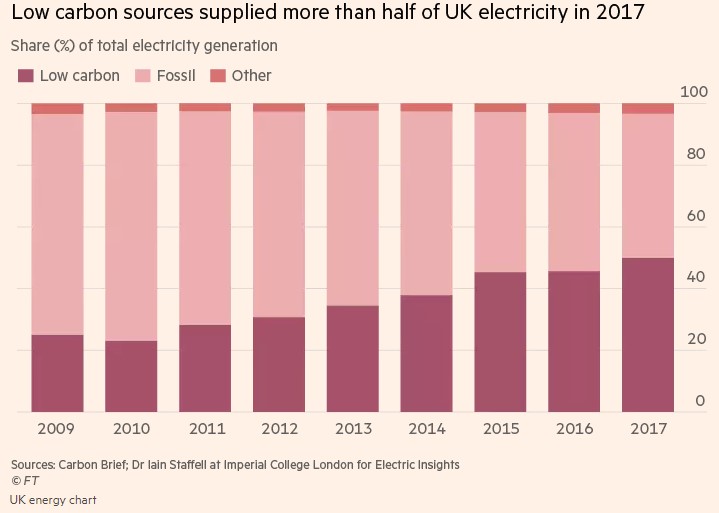- United Kingdom
- Renewables
- Decarbonization
UK Considers Allowing Renewables into Capacity Market

Much has transpired in the UK energy market. Guidehouse Insights has covered this activity in blogs on the uncertainty over solar in the UK and the scheduled discontinuation of the policy mechanisms and the resulting consequences. Continuing the upheaval in the UK energy market, the UK’s Department of Business, Energy, and Industrial Strategy (BEIS) is considering the eligibility of subsidy-free renewables as participants in the UK’s capacity market auction in 2019-2020.
The news about BEIS stems in part from the capacity market’s call for evidence as part of its mandated 5-year review, and the fact that the market is set to close on October 1, 2018. While it does not offset the implications of ending the feed-in tariff, it does at least indicate some progress toward greater integration of distributed generation.
As part of larger energy reform, the capacity market’s emphasis has been to ensure a supply of electricity since its inception in 2014. The capacity market currently consists primarily of natural gas, followed by nuclear and coal projects. In explaining the exclusion of renewables from the capacity market, the UK government stated, “The capacity market’s eligibility framework does not currently provide a route for some types of renewable capacity, specifically wind and solar, to participate in the auctions. Up until recently it was expected that such technologies would already benefit from low carbon support schemes such as contracts for difference (CfD) or the Renewables Obligation and so be excluded from the capacity market. Moreover, until recent evidence which may suggest the contrary, it was considered that solar was not capable of providing any contribution to security of supply.”
Moving Forward
Renewables
have been trending upward as a whole in the UK, as seen in the chart below. With decreasing
prices and an emphasis on decarbonization, this should not be surprising.

(Source: Carbon Brief)
However, challenges remain for the full allowance of renewables. The call for evidence highlights the need to review the current approach to de-rating wind and solar, ensuring robustness of the supply from renewables, examining how to incorporate hybrid projects, and reassessing the penalty regime currently in place.
Determining
how to incorporate hybrid projects (two or more different technologies operated
in conjunction) will require changes to the current legislative framework, but
the call for evidence recognizes the advantages projects like solar plus storage
could have from both supply and security standpoints. Should these legislative
hurdles be resolved, microgrids could play an integral role going forward.
Known for their ability in island electrification, hybrid microgrid projects
would be a boon to security and power resilience in instances of grid failures.
It’s apparent solar and wind have an uphill battle in becoming active participants in the capacity market, but the decreasing costs and consideration in a market largely focused on supply security are a nod to the overall advancement of renewable technology.